In 2008, an enigmatic entity known as Satoshi Nakamoto introduced the world to Bitcoin, a digital currency that promised to revolutionize the way we transact and trust in a digital world. What underpinned this groundbreaking innovation was a technology known as blockchain. In this blog, we’ll explore the transformative potential of blockchain technology, the foundation upon which cryptocurrencies and a multitude of other applications now stand.
Unveiling Blockchain Technology
At its core, blockchain is a decentralized and distributed digital ledger. Imagine a ledger, like the ones accountants have used for centuries, but digital, immutable, and shared across a network of computers. Here’s how it works:
- Decentralization: Unlike traditional databases, blockchain operates on a decentralized network of computers (nodes) that validate and record transactions. No central authority controls the data, making it tamper-resistant.
- Transparency: Every transaction is recorded in a “block” of data, and these blocks are linked together in chronological order to form a “chain.” This chain of blocks is publicly accessible and transparent.
- Immutability: Once a transaction is added to the blockchain, it cannot be altered or deleted. This immutability is a key factor in building trust.
Applications of Blockchain Technology
- Cryptocurrencies: Bitcoin was the first cryptocurrency to leverage blockchain technology, enabling secure peer-to-peer transactions without the need for intermediaries like banks.
- Smart Contracts: Blockchain-based smart contracts are self-executing agreements with the terms of the contract directly written into code. They automatically execute actions when predefined conditions are met.
- Supply Chain Management: Blockchain provides end-to-end visibility in supply chains, allowing tracking and verification of products’ origins and movements. This transparency improves accountability and reduces fraud.
- Digital Identity: Blockchain can be used to create secure and portable digital identities, enabling individuals to control their personal information.
- Voting Systems: Blockchain can be applied to create secure and tamper-proof electronic voting systems, ensuring the integrity of elections.
- Finance and Banking: Blockchain is transforming traditional financial systems by enabling faster and more cost-effective cross-border payments and settlement of financial transactions.
The Promise of Trust
What makes blockchain revolutionary is its capacity to instill trust in a digital world fraught with security concerns. By eliminating the need for intermediaries, reducing fraud, and providing a transparent and tamper-resistant ledger, blockchain is transforming industries and disrupting traditional business models.
The Future of Blockchain
As blockchain technology continues to evolve, we can expect further innovations, including:
- Interoperability: Solutions that allow different blockchains to communicate and interact seamlessly.
- Scalability: Improvements in scalability to handle a higher volume of transactions and data.
- Privacy: Enhanced privacy features to protect sensitive data while maintaining transparency.
In conclusion, blockchain technology is a game-changer, extending far beyond cryptocurrencies to revolutionize how we trust, transact, and collaborate in the digital age. With its potential to create more transparent, secure, and efficient systems, blockchain is poised to reshape industries and the way we engage with the world. It’s not just a technology; it’s the building block of trust in a digital era.






